Boston Bud Buddies: How to Find Like-Minded Friends for Enjoying Cannabis Together
July 1, 2024Enjoying cannabis is a simple pleasure for many who choose to light up at home or with friends to experience the wide range of effects...
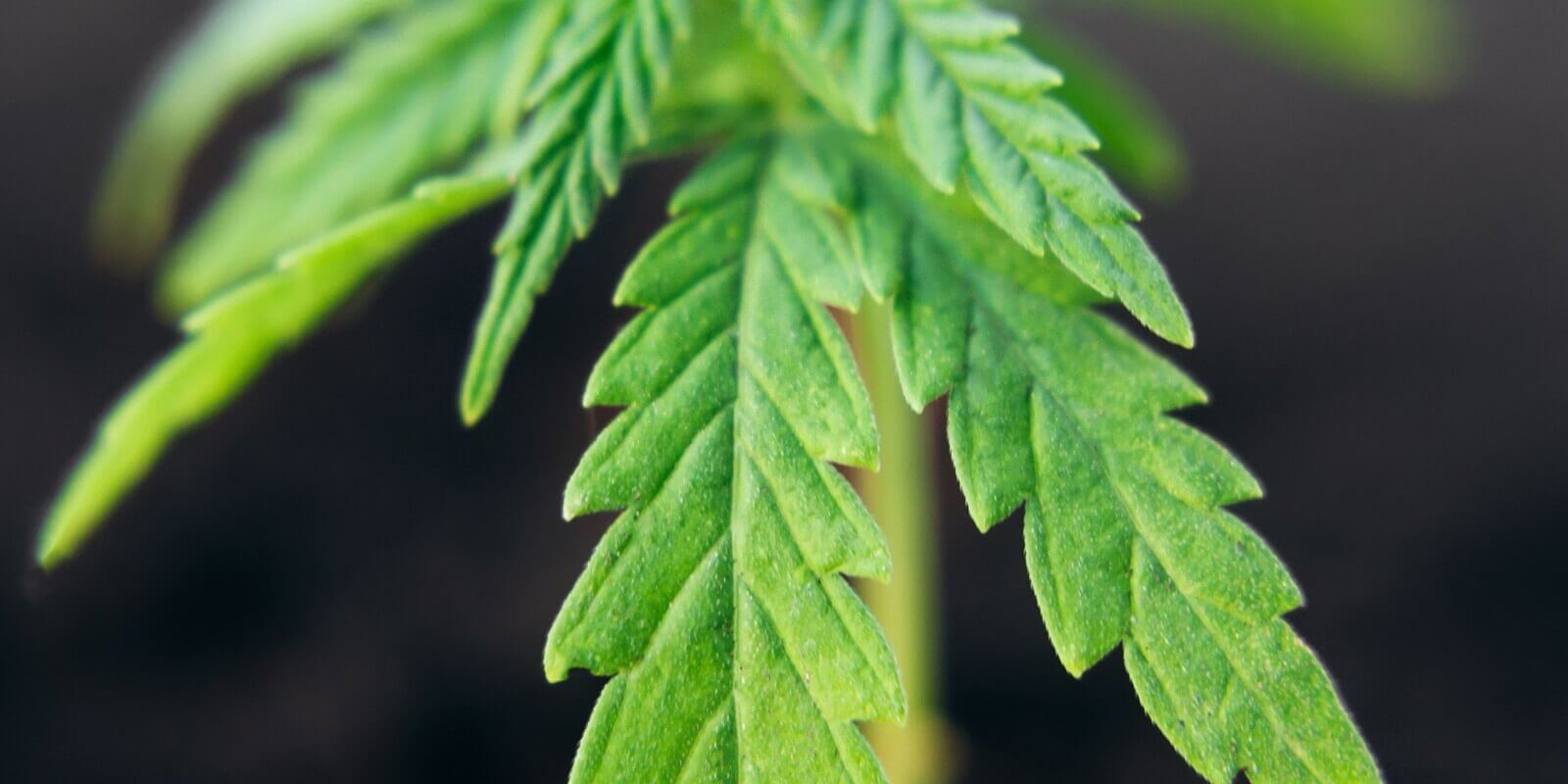
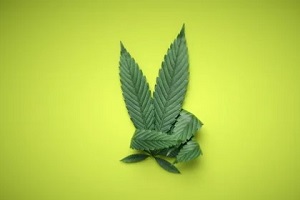
Being such a versatile resource, cannabis quickly spread through cultures and became a significant part of many people’s lives. This raises the question: if cannabis is regarded as a valuable resource, why has marijuana been prohibited in the U.S. and other countries worldwide?
Cannabis was introduced to the United States relatively late compared to the rest of the world.
Cannabis originated in Central Asia. It quickly spread its roots and started moving towards the Middle East, the eastern parts of Africa, and the Indian subcontinent. The cannabis plant further extended into the rest of the world from what is believed to be Arabic traders that saw cannabis finding its way into Europe through Spain.
Pedro Cuadrado, a conquistador in Cortes’ army, is considered the first to have brought hemp to the area now known as Mexico. Cuadrado and a friend started a successful hemp-growing business, which soon gained popularity. However, this did not last long. In 1550, a Spanish governor restricted the production of cannabis hemp because the locals were getting high.
King James I of England mandated that colonists of Jamestown, Virginia, grow hemp in 1611. The plant had several uses, such as creating rope, sails, textiles, and other materials and sometimes held more value than money. Hemp also became a popular source of textiles in the United States.
Cannabis tinctures, among other items, gained popularity in the U.S. and Europe. The plant became so popular that well over 100 studies were conducted on it in the second half of the 19th century. Medicines containing cannabis promising relief from several illnesses became popular.
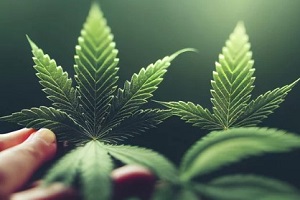
The Mexican normalization of cannabis was used against the people by U.S. politicians. The term “marijuana,” which is the Spanish term for cannabis, was used to alienate the Mexican people in the U.S. Shortly after, the states started enforcing anti-drug laws and marijuana prohibition. States close to Mexico, such as Texas, were the first to outlaw the drug, followed by another 29 states.
The Federal Bureau of Narcotics was established in 1930, with Harry J. Anslinger appointed its first commissioner. He worked for the government during alcohol prohibition and was determined to apply his lessons learned from that time toward cannabis. In 1930, cannabis consumption and production were banned in over half the country.
The 1930s saw a rise in fear-mongering from print media. The aim was to outlaw the drug and instill a perception that the drug was nothing but bad news. It was given names such as “a gateway drug” or “The Devil’s Lettuce.”
The narrative that was being propagated to the masses was not only incorrect but borderline racist. The media portrayed the drug as an instrument Mexicans and African Americans used to commit crimes. The Marihuana Tax Act of 1937 was levied to fight against cannabis use.
The beginning of this act was solidified with the criminal arrests of two individuals: Mr. Samuel Cadwell and Mr. Moses Baca. This marked the start of what is now seen as the start of the war on drugs.
On October 2, 1937, Samuel Caldwell was met with a group of FBI agents and Denver police officers to be arrested at his hotel room. Cadwell was an 8th-grade-educated petty criminal with a previous rap sheet. He was the first “pot criminal” during the prohibition.
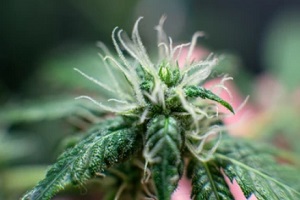
While the law saw these individuals having an illegal amount of marijuana in their possession, the public was unhappy. People believed that this was more a matter of race than it was to fight off drugs. Ironically, this happened in California, the first state to lift the prohibition 76 years later.
Whether the case was legitimate or merely an act of racism is still debated even after all these years. People consider this a highlight in the split between people and their thoughts on drugs, specifically marijuana.
The Marijuana Tax Act did not hold for long due to its punitive nature, making it impossible to pay. Furthermore, in 1965, Timothy Leary was moving from Mexico to Texas and was arrested for the possession of cannabis. Leary felt like the act of paying tax was self-incriminating. In response to this, President Richard Nixon introduced the Controlled Substances Act of 1970.
This was passed as a general regulation that criminalized drugs such as cannabis, cocaine, and heroin. Cannabis was classed under Schedule I, which deemed it a potentially harmful medication with no medical use and likely to be abused. This act placed cannabis in the most restrictive category.
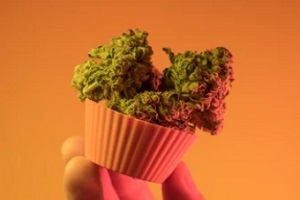
Pure Oasis is a cannabis dispensary that offers a wide selection of cannabis strains. We specialize not only in recreational cannabis but also focus on its medicinal qualities. Whether you are looking to get a better night’s sleep or want to enjoy a high just for fun, Pure Oasis has got you covered. Visit us today to get a cannabis strain that is right for you.
Are you at least 21 years old?